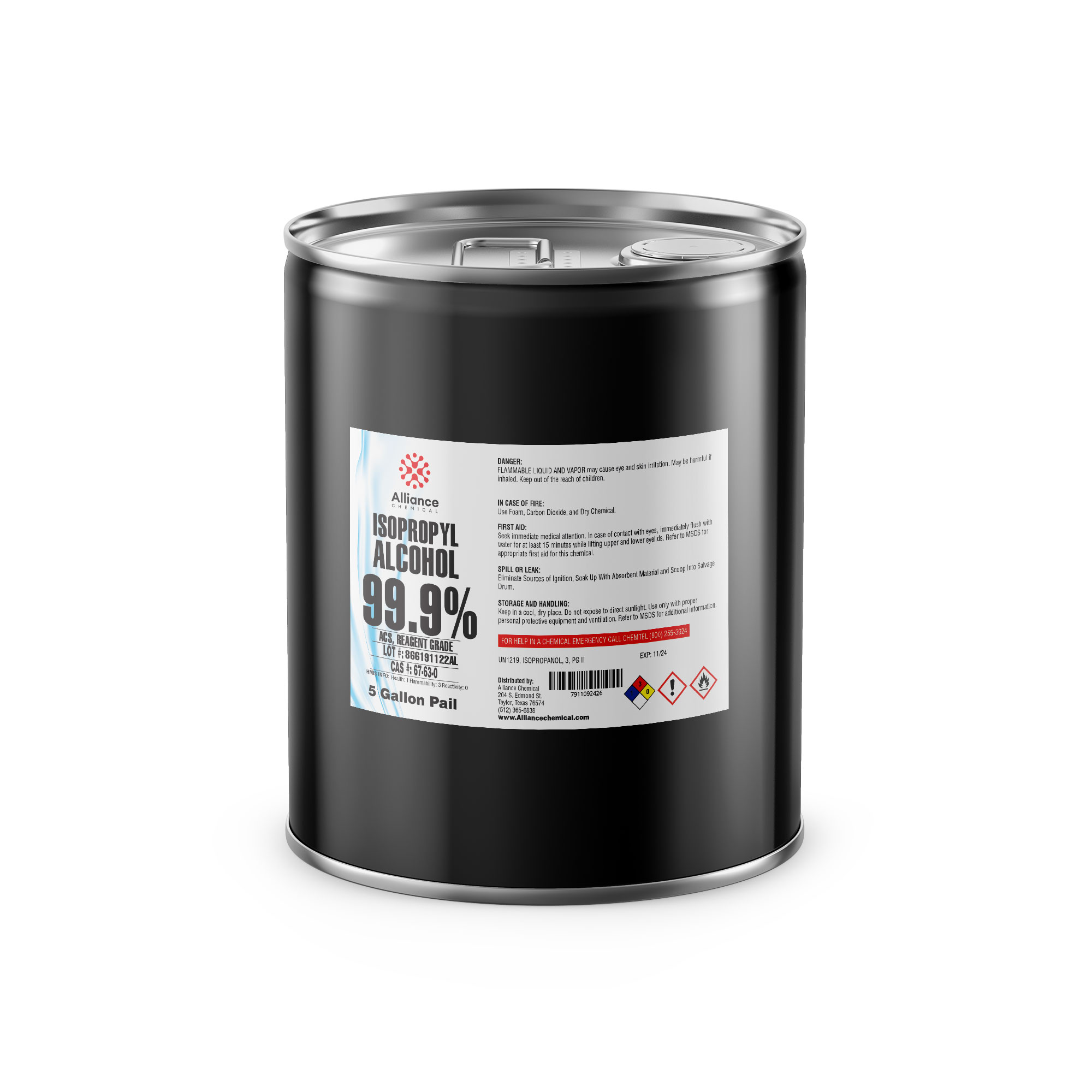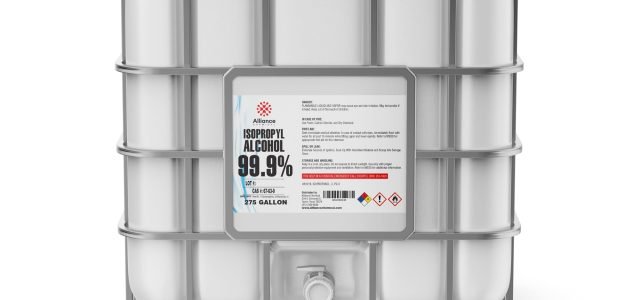If you have ever used rubbing alcohol, you may have wondered how long it remains flammable. Rubbing alcohol, also known as isopropyl alcohol, is a common household item that is widely used for disinfecting wounds, cleaning surfaces, and more. While it is a useful product, it is important to understand its flammability and take necessary precautions when using it.
Rubbing alcohol is indeed flammable. It is classified as a flammable liquid because it has a relatively low flash point, which is the minimum temperature at which it can ignite when exposed to an open flame or spark. The flash point of rubbing alcohol is around 53 degrees Fahrenheit or 12 degrees Celsius.
When rubbing alcohol is exposed to an open flame, it can catch fire quickly and easily. The flame can range in size and intensity depending on the conditions, such as the concentration of alcohol and the amount of heat applied. It is crucial to handle rubbing alcohol with care and keep it away from any potential ignition sources.
Factors Affecting Flammability
Several factors can influence the flammability of rubbing alcohol:
| Factor | Effect on Flammability |
|---|---|
| Concentration | Higher concentration increases flammability. |
| Temperature | Higher temperatures increase volatility and flammability. |
| Airflow | Increased airflow can accelerate evaporation and increase flammability. |
| Ignition Source | Presence of an ignition source can lead to combustion. |

Credit: www.mdpi.com
Safety Precautions
While rubbing alcohol can be flammable, it can be safely used by following some precautions:
- Store in a cool, well-ventilated area away from direct sunlight and heat sources.
- Avoid smoking or using open flames when handling rubbing alcohol.
- Keep rubbing alcohol containers tightly sealed to prevent evaporation.
- Do not use rubbing alcohol near sparks, electrical outlets, or other potential ignition sources.
- Dispose of rubbing alcohol properly and according to local regulations.
By taking these precautions, you can minimize the risks associated with flammable substances like rubbing alcohol and ensure your safety while using it.

Credit: alliancechemical.com
Alternative Uses
Rubbing alcohol is not only used for disinfecting wounds and cleaning surfaces, but it also has various other practical applications:
- Remove sticky residue: Rubbing alcohol can effectively remove sticky substances like adhesive residue or tape.
- Clean electronics: It can be used to clean electronic devices, such as computer keyboards or smartphones.
- Remove stains: Rubbing alcohol can help remove stains from fabrics or even furniture.
- Kill bed bugs: It can be used as a part of a DIY bed bug treatment.
- Soften frozen windshield: A mixture of rubbing alcohol and water can melt ice on windshields.
These alternative uses demonstrate the versatility of rubbing alcohol beyond its primary intended purposes.
In Conclusion
Rubbing alcohol is indeed flammable, with a relatively low flash point. It is crucial to handle it with caution and keep it away from any potential ignition sources. By following safety precautions and taking appropriate measures, you can safely use rubbing alcohol for various applications. Just remember, “safety first” when dealing with any flammable substances.
Frequently Asked Questions On How Long Is Rubbing Alcohol Flammable: Unveiling Its Combustible Duration!
How Long Does Rubbing Alcohol Stay Flammable?
Rubbing alcohol retains its flammability for a significant period, usually until it evaporates completely.
At What Temperature Does Rubbing Alcohol Catch Fire?
Rubbing alcohol poses a fire risk as low as 13 degrees Celsius (55 degrees Fahrenheit), increasing the risk as temperatures rise.
Is Rubbing Alcohol Flammable On Your Skin?
Rubbing alcohol can be flammable if it comes into contact with an open flame, so it’s important to exercise caution.
What Precautions Should I Take With Rubbing Alcohol?
To avoid potential fires, always keep rubbing alcohol away from open flames, sparks, and hot surfaces.

